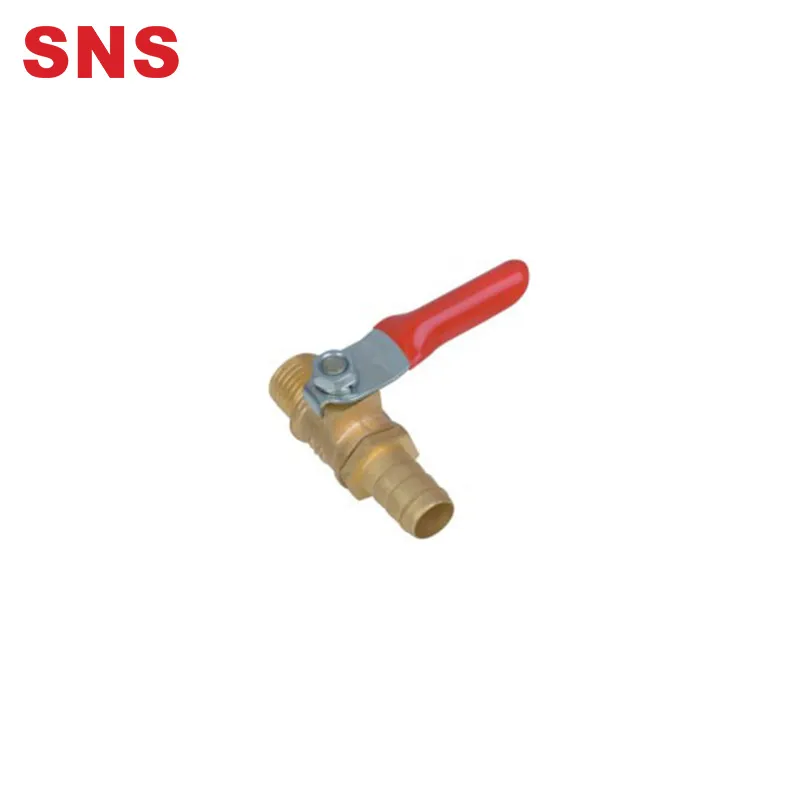What is a pneumatic actuator
A pneumatic actuator is a device utilized to convert compressed air energy into mechanical motion. These actuators are essential components in a wide range of industrial applications, where they provide reliable and controlled movement.
Understanding how pneumatic actuators work can empower you to harness their efficiency and precision in automation processes. Delve deeper into the world of these powerful devices and explore the mechanics that make them an indispensable tool in modern industry.
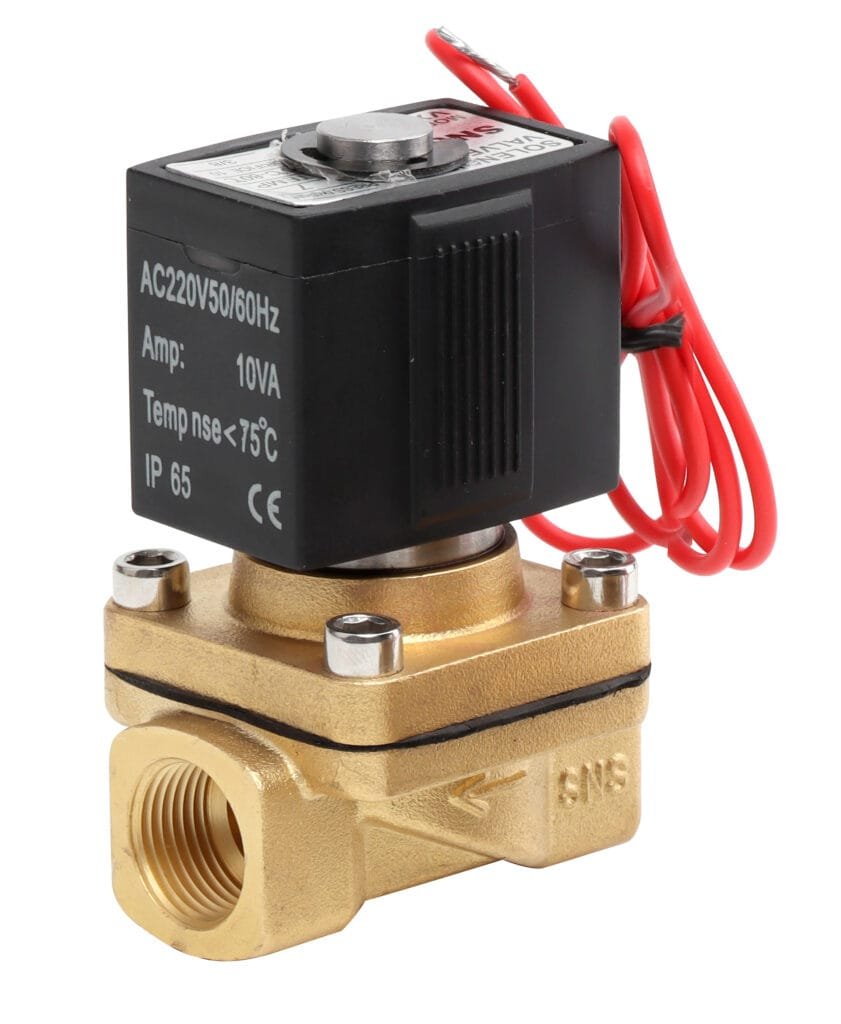
What are Pneumatic Actuators
Pneumatic actuators are devices that utilize compressed air to convert energy into mechanical motion. They function on the principle of fluid dynamics, where pressurized gas provides the force needed to move an element within the actuator—either in a linear or rotary fashion. This movement can be utilized to start, stop, control, or regulate mechanical systems by pushing, pulling, lifting, rotating or clamping components together.
These actuators are highly reliable and composed of simple structures with fewer moving parts, minimizing maintenance requirements and ensuring longevity. Pneumatic actuators depend on a source of compressed air which adds a layer of safety as there is no risk of fire or explosion compared to hydraulic systems that use combustible fluids.
Variants in design cater to specific industrial applications; for instance, linear pneumatic actuators operate pistons along a straight path while rotary actuators turn shafts based on the desired angle. Air pressure acting against the surface area within these actuators creates force that is transmitted through the piston or turning mechanism, accomplishing work on the attached load.
How Pneumatic Actuators Work
Pneumatic actuators operate by converting compressed air into mechanical motion. At the heart of a pneumatic actuator is the chamber where pressurized air is introduced. Depending on the design, this chamber may house a piston or diaphragm which moves when air pressure increases. For linear actuators, a piston within a cylinder is prominent; as air pressure builds up behind the piston, it moves along the length of the cylinder to create linear force. Conversely, in rotary pneumatic actuators such as vane actuators or rack and pinion systems, pressurized air causes rotational movement of mechanical elements – vanes or gears respectively.
Control valves regulate the air flow into and out of the actuator’s chamber. By adjusting these valves, operators can control the speed and direction of an actuator’s movement. Similarly, sensors often work in conjunction with valves to provide feedback about position or force, allowing for precise control over operations.
Moreover, many pneumatic systems use springs or diaphragms as return mechanisms; once air pressure is released or decreases below a certain threshold, these components help return the actuator to its original position. This functionality ensures swift responses within automated processes and allows for rapid cycling between states in industrial applications.
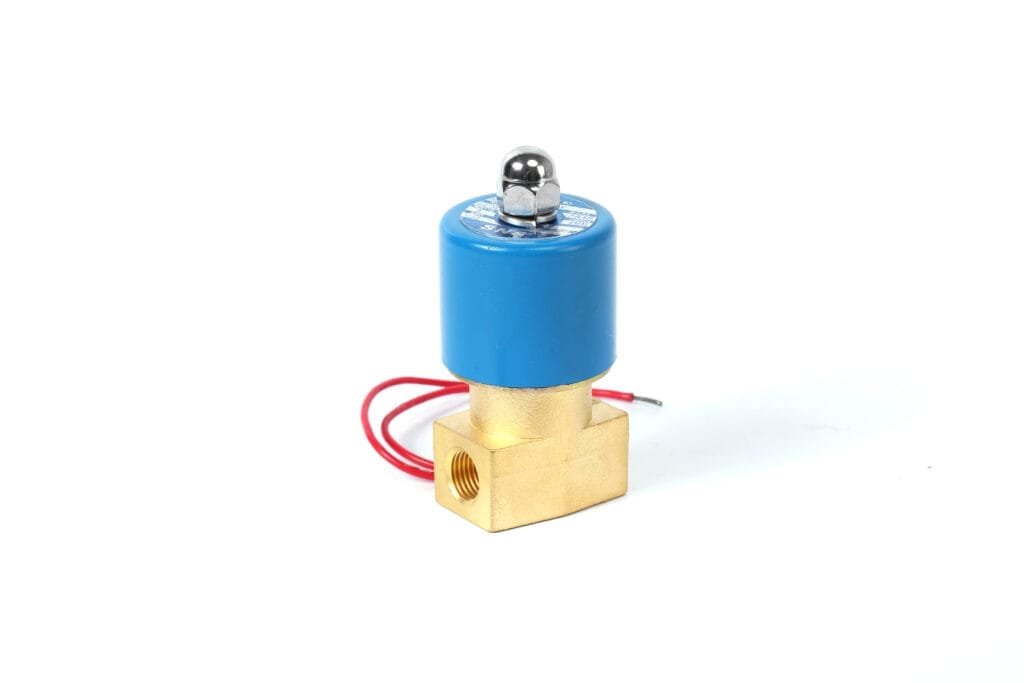
Type of Pneumatic Actuators (Linear or Rotary)
Pneumatic actuators come in two primary types, which determine the kind of motion they provide. Linear pneumatics act to create straight-line movements, while rotary pneatics act to enable rotational movement around a pivot point.
Linear Pneumatic Actuators: These devices convert compressed air energy into linear motion. They generally consist of a piston inside a hollow cylinder which moves back and forth under air pressure, converting the pneumatic power into linear displacement.
Rotary Pneumatic Actuators: On the other hand, rotary pneumatic actuators transform compressed air into rotating motion typically up to an angle of 360 degrees or less. They rely on components like vanes or gears within cylinders that rotate within the housing as pressured air is introduced.
| Type | Description | Movement | Common Components |
| Linear Pneumatic Actuators | Use pistons inside a cylindrical chamber to create movement. | Straight-line (in/out) | Piston |
| Rotary Pneumatic Actuators | Employ vanes or gear mechanisms for operation. | Rotational (circular) | Vane, Rack and pinion |
Rotary Pneumatic Actuator
Rotary pneumatic actuators are devices that utilize compressed air to produce rotational motion. Two prevalent types of rotary actuators are the vane actuator and the rack and pinion design. The vane type employs a simple mechanical principle wherein a blade, or “vane,” rotates within a cavity inside the main body of the actuator. As pressurized air is introduced into one side of the chamber, force is applied to the vane causing it to pivot around its axis. This rotation can then be harnessed to operate ball valves or butterfly valves in various industrial applications.
The rack and pinion design functions through interaction between two key components: a linear gear (rack) and a circular gear (pinion). When air pressure is exerted onto a piston connected to the rack, this linear motion is converted into rotational movement by the pinion engaging with teeth on the rack. This conversion efficiently creates torque which can also be used to control large valves or drive other automation equipment relying on precise rotary action.
Both types of rotary pneumatic actuators offer distinct advantages such as compactness, reliability, and ease of maintenance due to fewer moving parts when compared to other actuation methods.
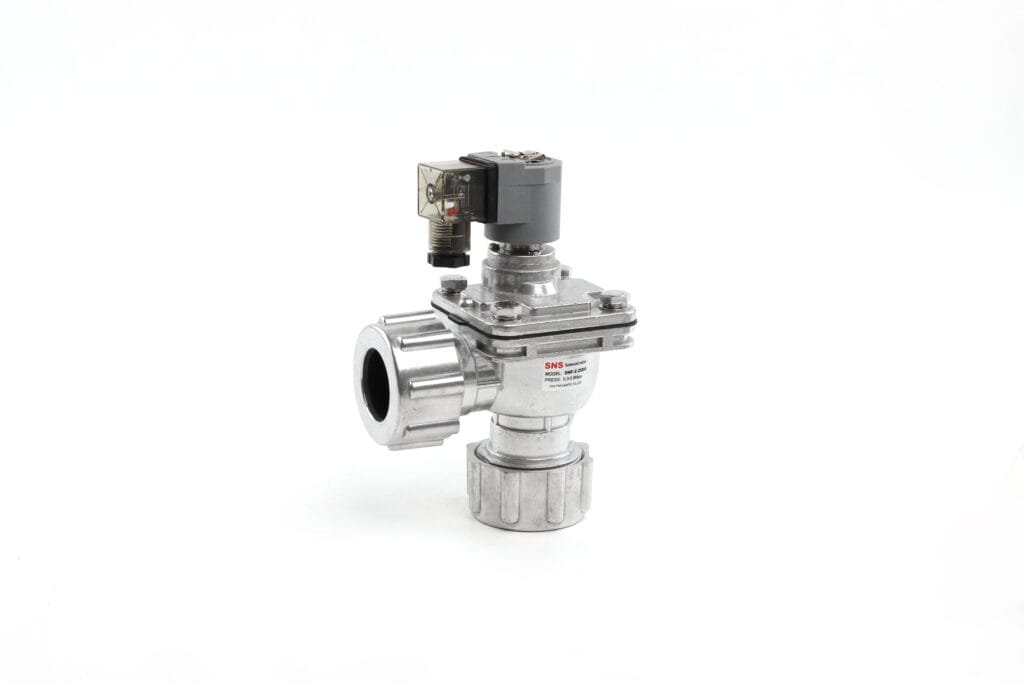
Linear Pneumatic Actuator
Linear pneumatic actuators are essential components in automated systems that require straight-line motion control. This type of actuator encompasses two principal variations: piston and spring/diaphragm designs.
The piston-type linear pneumatic actuator consists of a cylinder in which a piston connected to an output rod moves back and forth when air pressure is applied. As compressed air enters one end of the cylinder, the piston inside is forced to move, thereby creating linear motion which can then be used for pushing or pulling loads or as part of a mechanical linkage system.
In contrast, the spring/diaphragm linear actuator utilizes a flexible diaphragm instead of a piston to produce movement. These actuators feature a chamber divided by the diaphragm, with air pressure supplied on one side while the other side is often pressurized by a spring. When air pressure is greater than the spring force, it moves the diaphragm and creates linear motion; this reverses when pressure decreases below the force of the spring.
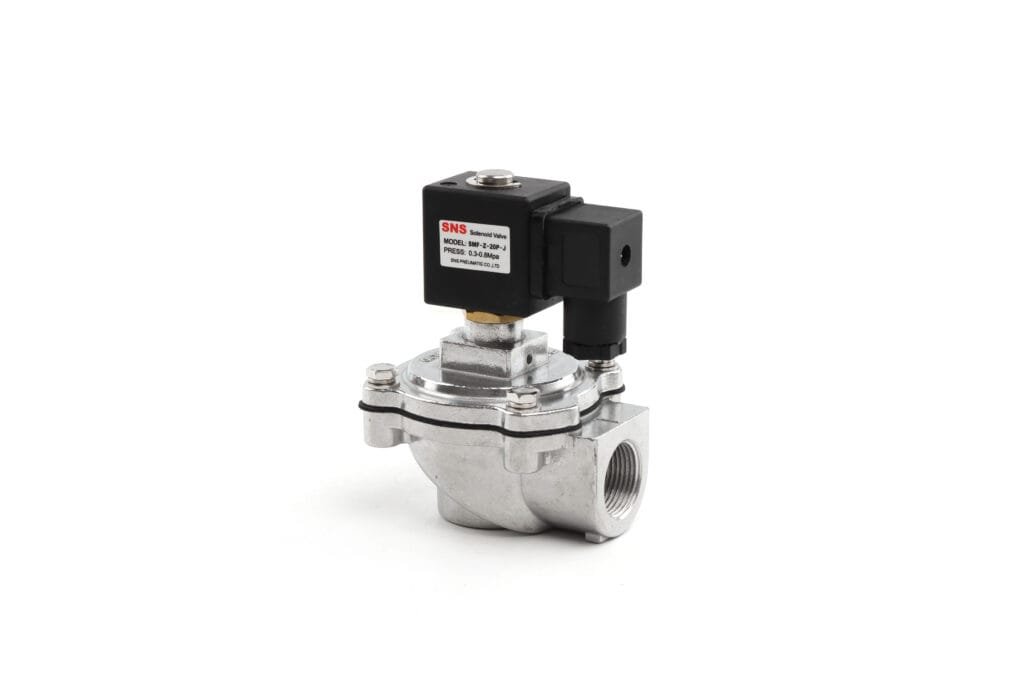
What is a pneumatic actuator used for?
Pneumatic actuators, employing compressed air to produce mechanical motion, serve a wide array of functions across numerous industries.
Central to their application is the manipulation of valves, controlling the flow of liquids or gases throughout systems. These devices are typically found in factory automation, where consistency and reliability are paramount to processes such as assembly line production and robotics.
Moreover, due to their inherent safety in explosive environments, they are particularly useful in the oil & gas industry for conducting operations that demand strict adherence to safety regulations.
The transport sector also leverages pneumatic actuators within vehicle engine design for operations like turbocharger control and clutch actuation. Their utility extends into material handling equipment such as lifts and conveyors, and even in medical devices where precision and cleanliness are necessary.
How Do You Control a Pneumatic Actuator?
Controlling a pneumatic actuator involves manipulating the flow and pressure of compressed air to initiate motion. This is typically achieved through the use of directional control valves, which can direct the air flow to either extend or retract the actuator. Additionally, for precise control over speed and force, flow control valves are employed to regulate the rate of air entering or exiting the actuator.
The position of a pneumatic actuator can be controlled using either manual or automated methods. Manual control utilizes hand-operated levers or pedals connected to control valves, while automated systems often involve solenoid valves that respond to electronic signals from a programmable logic controller (PLC) or similar device. Feedback devices such as proximity sensors and limit switches may also be integrated into an automated system to provide real-time updates on actuator position, enabling more complex control patterns.
Pressure regulators are critical in maintaining consistent operation by adjusting the air pressure to suitable levels before it reaches the actuator. Air treatment components like filters and lubricators ensure longevity and reliability of both actuators and controls by maintaining clean and lubricated airflow.
Timing components, including quick exhausts and time delay valves, offer additional adjustments in operational sequences. These become pivotal when synchronization between multiple actuators or specific timing within cycles is required.
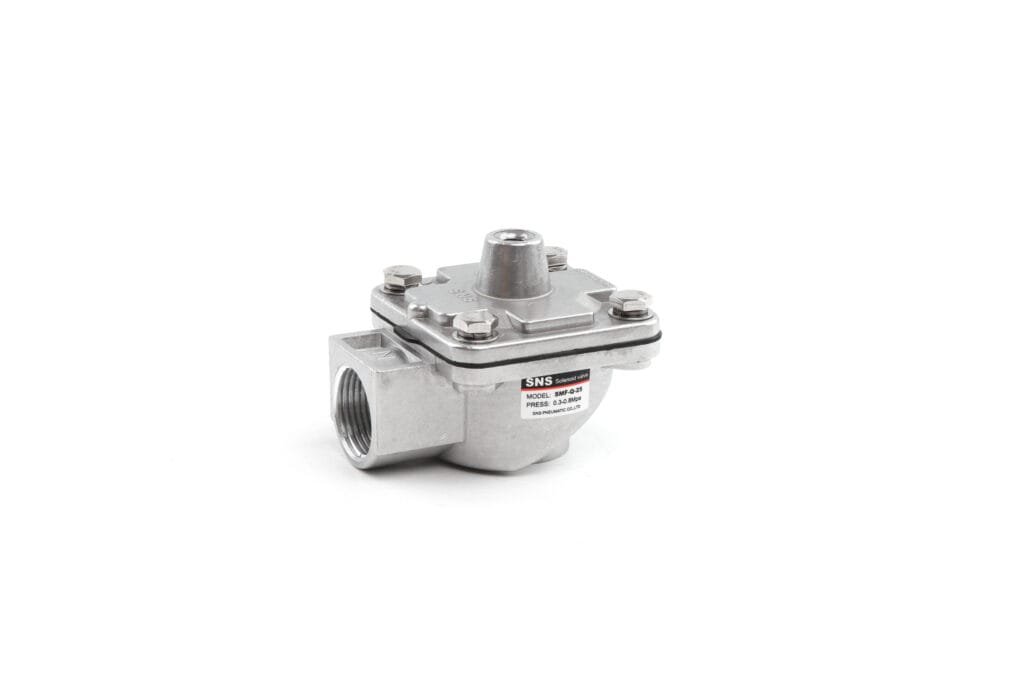
Advantages of using pneumatic actuators over other alternatives
Pneumatic actuators offer several advantages, including simplicity, reliability, and cost-effectiveness. Unlike electric or hydraulic actuators, they use compressed air as their power source, which makes them less susceptible to sparking and enables their use in explosive environments. They exhibit rapid response times due to the swift movement of air allowing quick operation cycles.
The maintenance requirements for pneumatic actuators are relatively low since air is a clean medium and does not leave behind residue; this contributes to a longer lifespan of the components. Comparing energy sources, compressed air is significantly cheaper than hydraulic fluid, bringing down operational costs. Pneumatic systems are also known for their safety; in case of power loss, they can be designed to revert to a fail-safe position using spring-return mechanisms.
Durability is another key advantage as pneumatics are robust and capable of operating in extreme conditions including dust-heavy or moist environments where electrical systems could falter. Additionally, these actuators generate a consistent force output which ensures precision control in various applications.
For precise control scenarios, pneumatic actuators offer easy adjustability of speed and force through simple regulation of air supply pressure which doesn’t always necessitate sophisticated electronic control systems. Scalability is efficient with pneumatics; increasing power just requires more or larger cylinders without major system modifications.
In applications requiring moderate to high speed with intermittent operation rather than continuous movement, pneumatic actuation outperforms its counterparts by delivering high-speed motions at better energy efficiency levels due to the compressibility of air.
What is the Difference Between Pneumatic and Actuator?
Understanding the difference between a pneumatic system and an actuator requires a clear definition of both terms. An actuator is a mechanism responsible for moving or controlling a system or mechanical device. It facilitates physical movement by converting energy, typically from electrical, hydraulic, or pneumatic sources, into motion.
Pneumatic actuators, specifically, are a subset of actuators that use compressed air to exert force. They differ from other types of actuators in their use of this energy source—the pneumatic power. In contrast to electric actuators that rely upon electric motors and hydraulic actuators that utilize liquid pressure, pneumatic actuators operate through the expansive force of gases.
When discussing these components more broadly, ‘actuator’ refers to any device capable of generating movement regardless of its energy source. The term ‘pneumatic’, however, always implies the use of gas-powered mechanics. Therefore, while all pneumatic devices are types of actuators geared towards a specific mode of operation—gas pressure-induced movement—not all actuators are pneumatic. They can be distinguished based on what type of energy they convert and how this conversion process takes place.
The differentiation hinges on this core principle: while every actuator functions as a mover, not all achieve this through the same means; pneumatics remain unique due to their reliance on compressed air.
In conclusion
In conclusion, a pneumatic actuator is an essential device for various industries that converts compressed air energy into mechanical motion with efficiency, reliability, and precision.
To learn more about how pneumatic actuators can streamline your operations and boost performance, contact our experts. Discover the right solution for your application needs by reaching out for a consultation today.
